Table of Contents
How to Connect iPhone to TV With HDMI?
How To Connect Phone To TV With HDMI iPhone? You can connect your iPhone to a TV with HDMI using Apple’s AirPlay wireless protocol. This allows you to stream videos and display your photos on a bigger screen.
Just plug a Lightning Digital AV Adapter or an Apple Lightning to VGA Adapter into your iPhone and an HDMI cable to the monitor, TV, or projector. Then, open your TV’s input menu and select the correct video source.
How to Connect?
When you’re watching a YouTube video or TikTok or even looking at vacation photos on your iPhone, sometimes you wish you could just show them on your living room TV. Luckily, Apple has made it pretty simple to do just that with its screen mirroring feature and an HDMI-compatible cable or adapter.
The first thing you need is an adapter that has a Lightning connector (the port on the bottom of your iPhone) on one end and either an HDMI or VGA connector on the other. Apple makes one called the Lightning Digital AV Adapter, but any HDMI-to-Lightning adapter will work.
Plug the adapter into your iPhone and then connect the other end of the cable to your TV. Then turn on your TV and switch to the input that corresponds with the adapter you’re using – usually, it’ll be labeled something like Computer, TV, or HDMI.
Now you can view anything on your iPhone on the big screen – just swipe down from the top of the display to open Control Center on your phone (iPhone X or later and iPad with iOS 13 or later) or from the bottom of the screen (iPhone 8 or earlier). Then select “Screen Mirroring” and choose your TV. From there, you can watch a video, play games, present a slideshow, or communally browse social media on the big screen.
Step 1: Get an Adapter:
There are a few different ways you can connect your iPhone to a TV. You can use an HDMI cable, AirPlay, or screen mirroring. Regardless of which method you choose, the process is almost identical. The key thing to remember is that you’ll need an adapter that matches the style of input on your TV or monitor.
If you’re using an older VGA or HDMI cable, you’ll need an adapter that supports those connections. There are a few different options available, including the Lightning Digital AV Adapter and the Lightning to VGA Adapter. Both of these adapters can be purchased from the Apple Store.
Once you have an adapter, plug it into the charging port on your iPhone. Then, connect one end of an HDMI cable to the adapter and the other end of the cable to your TV. Finally, turn on your TV and select the HDMI input.
Open the Control Center on your iPhone by swiping down from the top-right corner (iPhone X and later) or up from the bottom of the screen (iPhone 8 and earlier and iOS 11 and earlier). Tap the Screen Mirroring icon to start sharing what’s on your screen. This includes apps, presentations, websites, and more. You can even play videos through YouTube and other third-party video services. Just make sure that everyone in the room knows what you’re doing before activating screen mirroring, as it will display everything on your iPhone’s screen.
Step 2: Connect the Adapter to Your Phone:
For this technique, you will need a USB-C to HDMI cable and a compatible phone. Most Android phones feature a USB-C port, which is a cylinder-shaped input that replaces micro-USB on newer devices.
Plug one end of the cable into the adapter, and then connect the other end to your phone. Once you have the cable connected to your phone, select an HDMI input on your TV or monitor. Depending on your device, you may also need to enable screen mirroring or casting features.
You can use this connection method to stream photos and videos, as well as play games or watch movies on your TV. This is a great way to share content with friends, and it’s easy enough that anyone can do it. Just be sure to have the proper cables and adapter, as different phone models require different steps.
It’s important to note that this method works best for phones with a USB-C port and a TV or monitor with an HDMI input. It will not work for older iPhone models or other types of smartphones. If you’re looking for a more versatile option, consider using a wireless connection instead. Wireless connections are typically easier to set up and have lower latency than USB connections. However, a wired connection is still a good choice for many users.
Step 3: Connect the Adapter to Your TV:
Using an HDMI adapter to connect your iPhone to a TV is one of the most straightforward ways to show off your photos, apps, and videos on a larger screen. It also provides a more reliable connection than wireless streaming. You’ll need an adapter that has a Lightning connector on one end and either an HDMI or VGA connection on the other. Apple sells one called a Lightning Digital AV Adapter, but third-party options are available as well.
Connect the Lightning end of the adapter to your iPhone, and then attach the other end of the cable to an HDMI input on your TV or monitor. Switch the TV to that input using its remote control, or select it using its menu. Any app that you open on your phone should display on the TV, though the quality may not be as good as it would if you stream a video.
If you don’t have a TV with HDMI inputs, you can still mirror your iPhone’s screen to it using AirPlay. To do this, ensure that your iPhone and TV are connected to the same Wi-Fi network, then make sure both are running iOS 12 or later. On your iPhone, open Control Center (swipe down from the top-right corner on an iPhone X or later, or swipe up from the bottom of the screen on older models). Tap the Screen Mirroring icon, then choose your TV from the list of options.

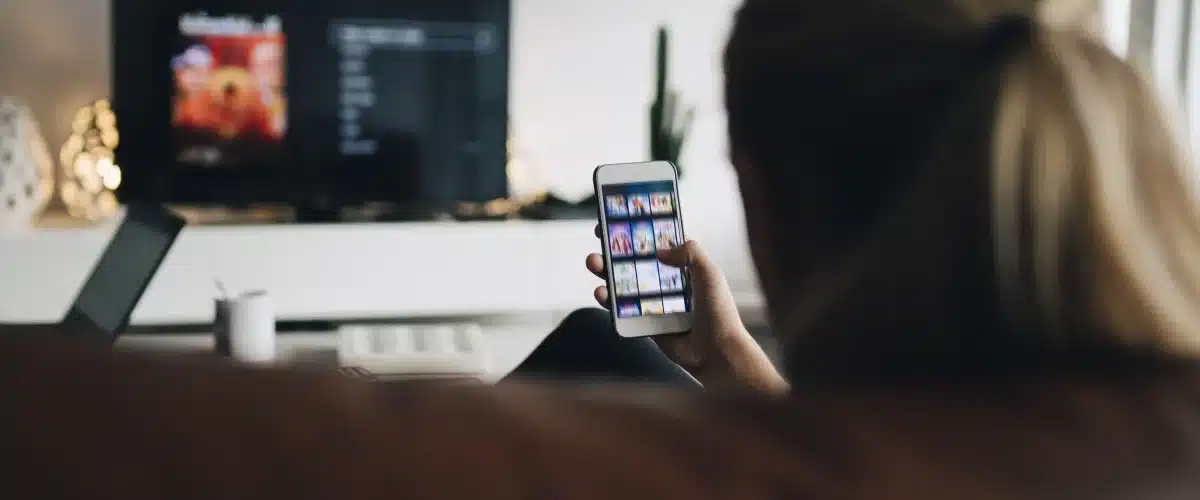
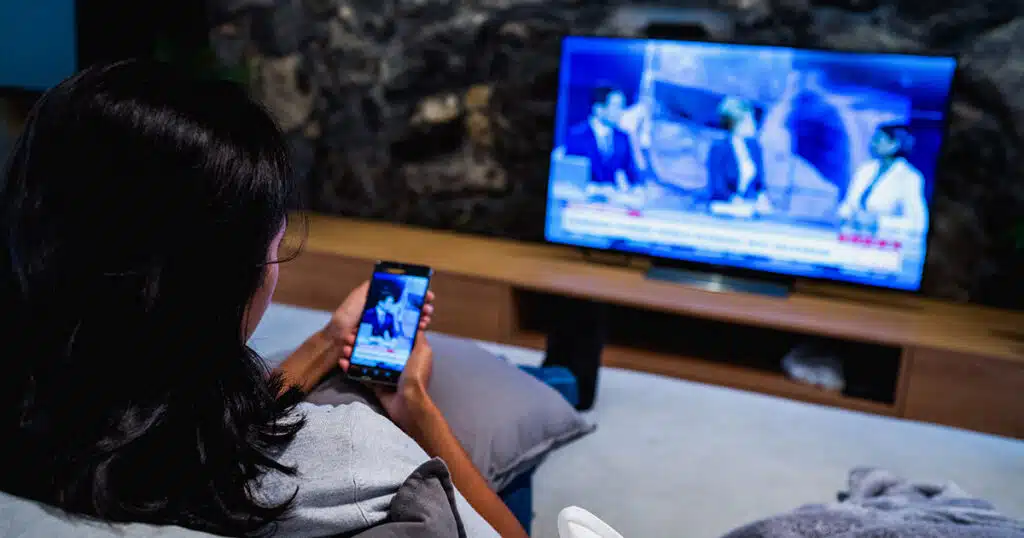
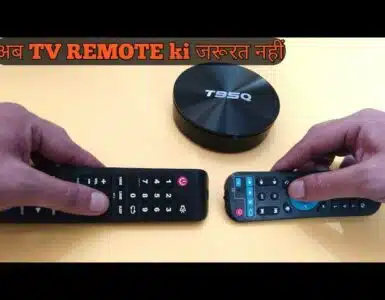
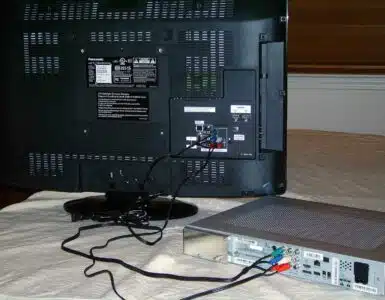
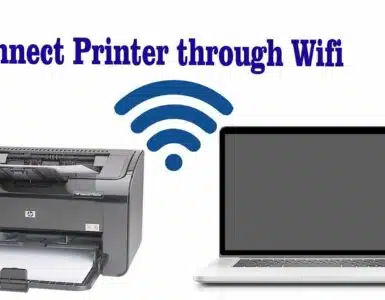
Add comment